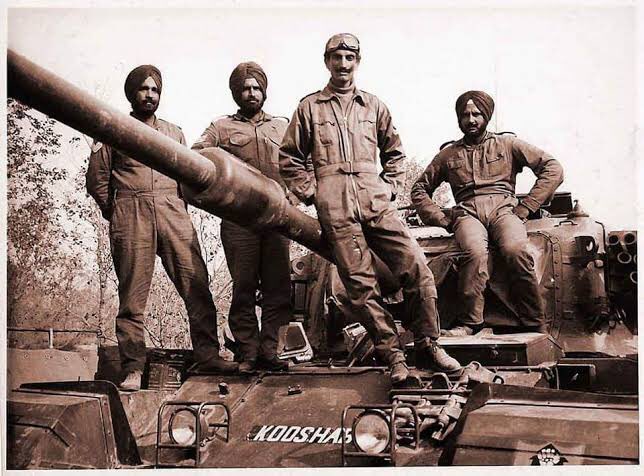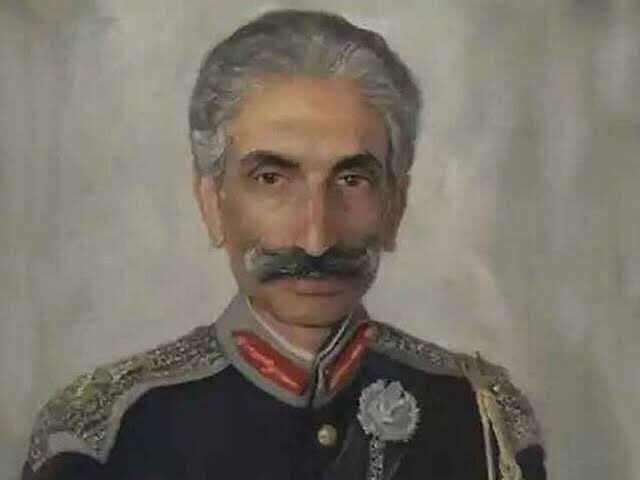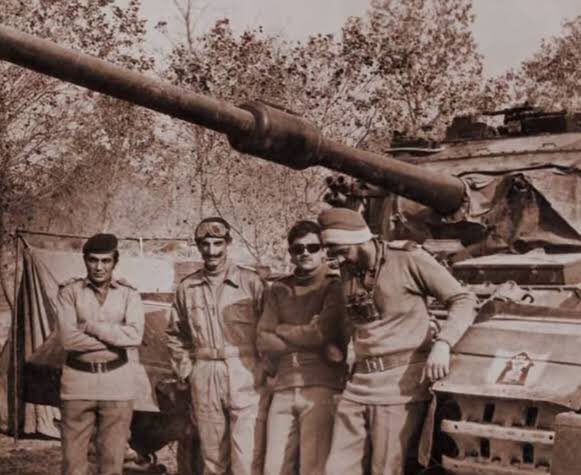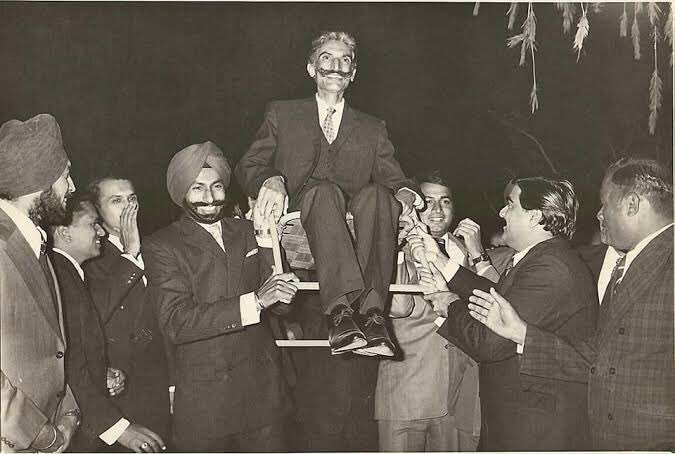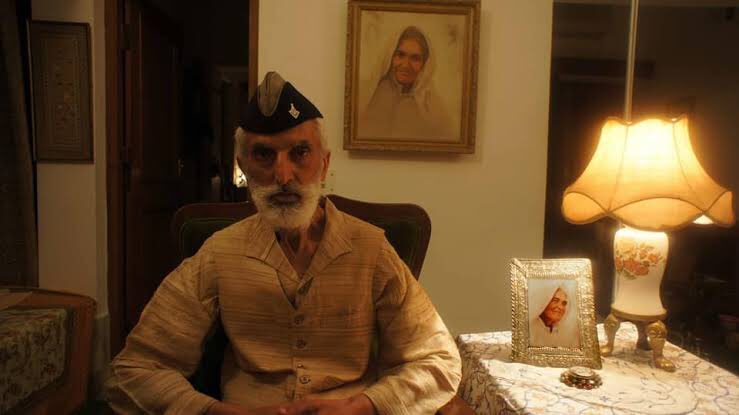THE GREAT HANUT by Bharat Karnad
The very tall, very thin, almost gaunt looking General with bushy mustachios curling at the ends greeted me with the easy courtliness he was known for. Ere I had settled down in the chair, the General then on duty — it being a week day+
The very tall, very thin, almost gaunt looking General with bushy mustachios curling at the ends greeted me with the easy courtliness he was known for. Ere I had settled down in the chair, the General then on duty — it being a week day+
— and hence in full fig, shot me a question, which I immediately realized was a “trick question” in that my answer would decide the sort of relationship I’d have with him. “Who’s the best armoured tactical commander in history?” he asked,
like a headmaster testing a student whose alleged promise was suspect. I took my time answering but when I said “Herman Balck”, suddenly the atmosphere lightened and a twinkle came to Hanut’s eyes and he responded “I think so too”. It was smooth sailing thereafter, with great+
deal of time spent discussing with him the future of mobile warfare with armoured forces, and the many practical problems in marshaling and overseeing actions of large armrd and mech formations on the battlefield.+
Hanut had, perhaps, in mind his tenure as GOC, II Corps in the 1987 Operation Brasstacks that, as subsequently revealed, had a secret thrust (Op Trident) of transiting from a war exercise into a full-scale operation for ingress deep into Pakistan to catch the Pakistan Army by+
surprise, except Sundarji’s surprise also surprised Hanut. He reportedly protested not being told about this sub-surface plan and the difficulties in virtually turning his Strike Corps around and sustaining a hard push westwards. Hanut was careful to skirt around Brasstacks in+
our interactions. I remember, in this respect, talking when in Pakistan a decade back to Gen. Khalid Arif, the de facto Pak Army Chief in the late 1980s, who countered the Indian concentration, albeit for a war exercise, by amassing his forces as a precautionary measure — +
including Army Reserve South — in the chicken neck area north of Gurdaspur to cut Kashmir off from the rest of India if the massed Indian armour aggressed on the southern Rajasthan front. Arif was confident Sundarji and Rajiv Gandhi’s govt wouldn’t risk having J&K thus severed.+
The only slight doubts Arif hinted at by indirection was about the uncertainty attending on how Hanut would maneuver his forces once they broke through the Pak defensive line. In the larger picture, Arif calculated right; India did lose its nerve.+
One can see why Hanut empathized with Balck, who like him, believed in leading from the front — Hanut’s Basantar river crossing and maneuvers in the Shakargarh salient in 1971 and Balck’s heading the lead unit of the 1st Panzer Div in Heinz Guderian’s XIX Panzer Corps across the+
Meuse River and the breakthrough to capture Sedan in 1942. Both Hanut and Balck ended their careers by being relegated to minor commands — to Ahmednagar and Panzer Group in Hungary respectively, their remarkable operational experience and competence under-valued by the armies+
they served. I remember too the fierce loyalty he inspired among those who had fought under him, from the lowest to the highest. Such as the lead JCO instructor at Armrd School, who was instructed by Hanut to run me around on tanks so I could experience what it is like inside+
the closed, claustrophobia-inducing, mobile steel cans travelling at high spds over uneven ground — back-breaking and senses-numbing!, who recounted his hair-raising experience as Hanut’s tank driver in 17 (Poona) Horse’s lead tank as it led the armrd column across the minefield+
on the Basantar, and swore how every army unit would follow the “Colonel sahib” — as he called the General — anywhere w/o hesitation or doubt. Hanut’s chief of staff at the Centre, Brig Shergill, again a veteran of the Shakargarh op, recounted in greater detail Hanut’s+
on-battlefield tactics and instructions that awestruck juniors would w/o hesitation implement and his magical feel for the battlefield and, more notoriously, his differences with his armrd bgde comdr Arun Vaidya (later Army Chief) who advised caution, which Hanut expressly+
disregarded with a withering “Keep off my back!” warning to Vaidya issued over the bravo link. That Vaidya was awarded a Bar to his MVC for this action that he opposed, led to Hanut’s initially rejecting the award of MVC for himself. It was only after the Army brass all but got+
down on their knees and begged him to accept the gallantry award that he relented but, his fealty to the truth meant he never ever wore the MVC decoration! In fact, Hanut’s official portrait at the armrd school and Centre, if I recall, doesn’t have the MVC on his chest.+
But great commanders are rarely appreciated by their peers. Hanut was scorned and reviled by lesser, even near incompetent, cohort of big-talking cavalry generals, as the “chaplain General” — because of the religious rituals he followed by going into his “meditation bunker” even+
during mil ops, venerating “Mataji”– an avatar he believed of the Goddess Durga. But these rituals never hampered his work or his duties, but nonetheless were something he was pilloried for. The General explained his devotion simply as seeking divine guidance.+
It was a pity Rajiv’s defence minister K.C. Pant, whom I was close to,
didn’t have the gumption to over-rule the army brass arrayed against Hanut’s deserved elevation to army command and later, perhaps, even COAS, fearful that his cleaning of the Service’s Augean stables that+
would inevitably have followed, would have shown up the rot that had set in in the Indian Army, and would otherwise set a bad precedent!

 Read on Twitter
Read on Twitter